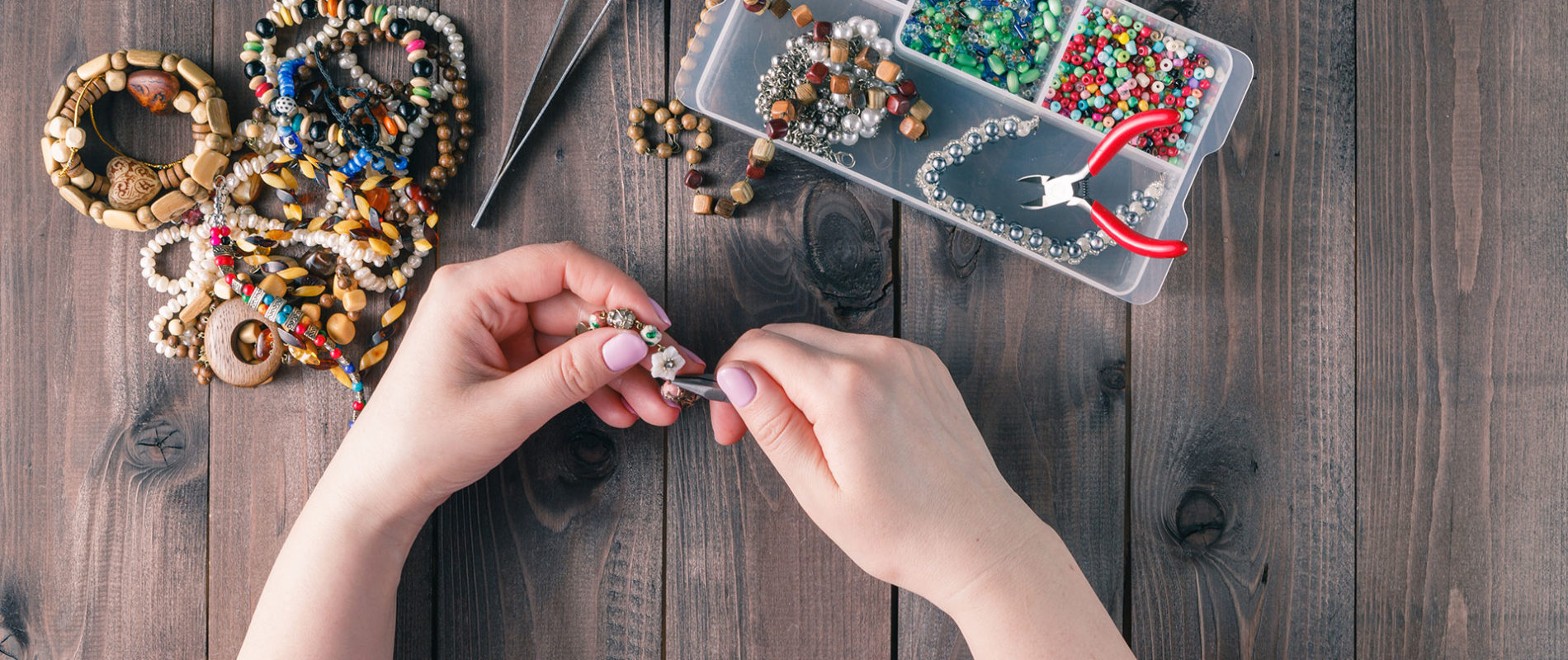Kerala Mural Painting is one of the most popular forms of classical South Indian painting. It is the native art form of Kerala. The dense composition, surface richness and vibrant colors of Indian Kerala Mural Paintings distinguish them from the other types of paintings. The relief work gives them a three dimensional effect. Kerala Mural Painting of India originated mostly dating back between the 9th to 12th centuries CE when this form of art enjoyed Royal patronage..
The masterpieces of Kerala mural art include: the Shiva Temple in Ettumanoor, the Ramayana murals of Mattancherry Palace and Vadakkumnatha kshetram. The “Gajendra Moksham” mural painting in the Krishnapuram Palace near Kayamkulam, the Anantha Shayanam mural painting in the Pallikurup Mahavishnu Temple, Mannarkkad Palakkad District and the mural paintings in the sanctom of Padmanabha temple at Thiruvananthapuram are very famous.Some of the oldest, largest, and best executed murals in Kerala are to be found in the churches at Cheppad, Alappuzha (dozens of panels on the three walls of the Madhbaha depicting scenes from OT and NT),Paliekkara, Thiruvalla ( a dozen panels, scenes from NT), Angamaly(esp. huge murals “Hell”, and “Last Judgement”), and Akapparambu.
Making of Kerala Mural Painting
Here is how a Mural Painting is done on Canvas.
1. After the Mural Painting is conceptualised and drawn out with pencil on canvas, it is prepared with shades of yellow.
2. The first set of colours are filled in a certain prescribed order.
3. The darker shades are filled last and that completes the Mural painting.
A Mural Painting has a lot of visualisation, theory, vastu principles and rules that are learnt over years by the artist. There are proportions that human body and face is to follow, and rules for the skin colours for various mythological characters. An artist does innovations within these traditional boundaries, that gives a unique and mesmerising feel to Kerala Mural Paintings.





